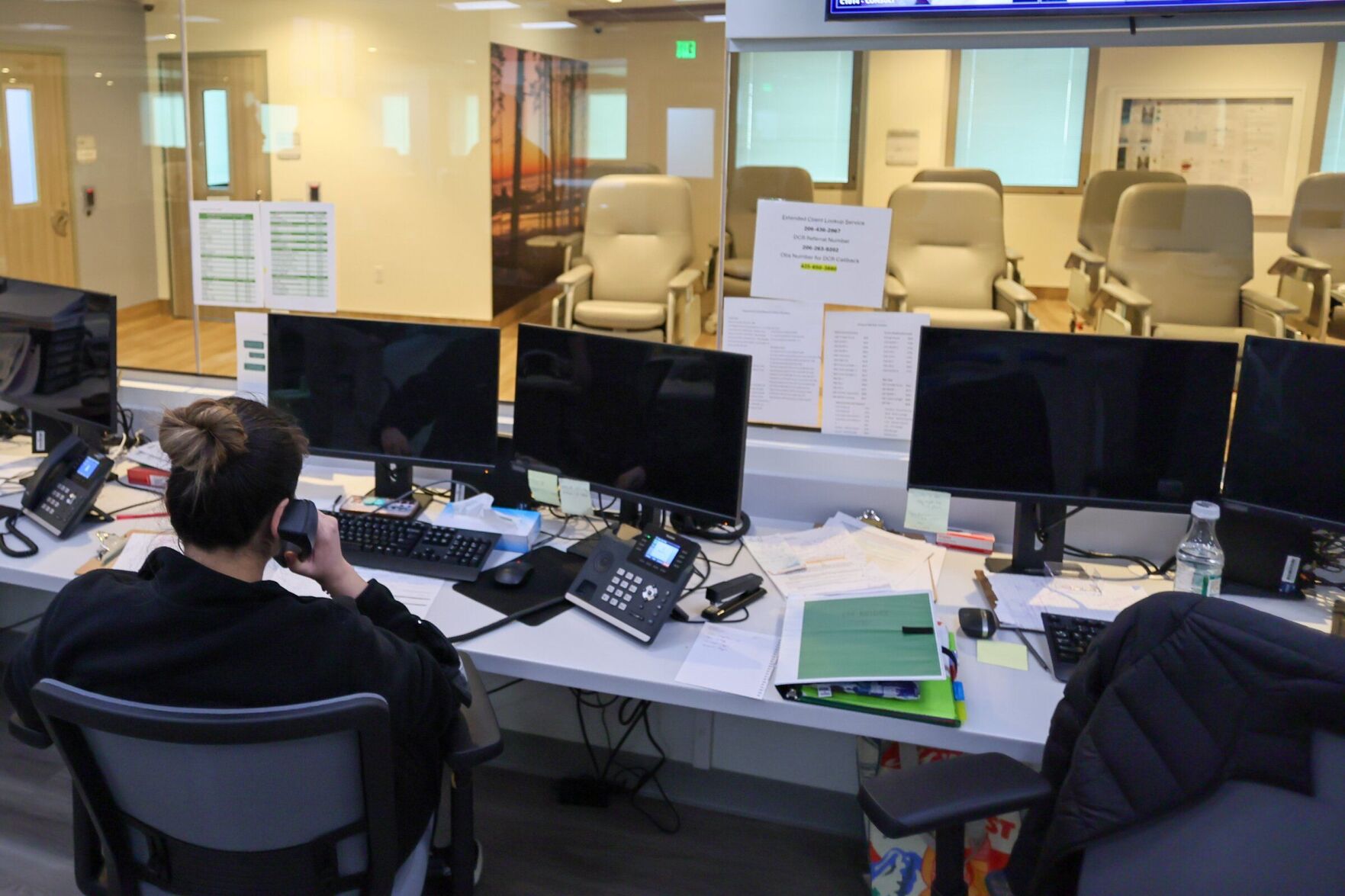In today’s dynamic business environment, selecting the perfect commercial space is more critical than ever. The right size and layout can propel your business towards growth, enhance productivity, and reflect your brand identity. But how do you navigate the complex landscape of commercial real estate to find a space that suits your needs both now and in the future?
Commercial Space Planning: How to Choose the Right Size & Layout for Your Business

The Importance of Choosing the Right Commercial Space
Your commercial space is more than just a physical location—it’s a strategic asset that can influence your operations, employee satisfaction, and bottom line. A well-planned space not only accommodates your current needs but also provides flexibility for future expansion or changes in your business model.
Key Considerations in Space Planning
Location and Accessibility
Choosing the right location is paramount. A strategically placed office can boost visibility and accessibility for both customers and employees. Consider proximity to major transportation routes, availability of parking, and access to public transport. Being near complementary businesses can also enhance foot traffic and provide networking opportunities.
Understanding Zoning Laws and Legal Compliance
Before settling on a location, it’s essential to understand local zoning regulations. Zoning laws dictate what types of businesses can operate in certain areas, affecting permissible uses, operational hours, signage, and parking requirements. Ensure that your intended operations align with these laws to avoid legal complications down the road.
Assessing Your Space Needs
Determining the right amount of space involves a careful assessment of your business requirements. On average, plan for about 125 to 250 square feet per employee, but this may vary based on your industry and work style. It’s wise to plan for future growth by securing slightly more space than you currently need. Flexibility is key, so consider spaces that can adapt to changing team sizes or project demands.
Designing the Optimal Layout
Open vs. Private Offices
The layout of your office significantly impacts productivity and employee satisfaction. Open floor plans can enhance collaboration and transparency, making them ideal for creative industries. However, they may not provide the quiet environment needed for focused tasks. Assess your team’s work styles to strike the right balance between open spaces and private areas.
Incorporating Flexibility for Growth
Businesses evolve, and your office space should too. Consider designs that allow for the flexibility to accommodate future changes, whether that’s scaling up staff or reconfiguring layouts for new functions. Flexible lease terms can also provide the agility to adapt without incurring hefty costs.
Technical Requirements and Amenities
Modern businesses rely heavily on technology. Ensure your space meets your technical needs, including electrical capacity, internet connectivity, and climate control. Additionally, amenities like meeting rooms, breakout areas, and wellness facilities can improve employee satisfaction and productivity.
Utilizing Data and Analytics in Space Planning
Leveraging data can lead to smarter space planning decisions. By analyzing workplace utilization, you can optimize your office layout to better suit your team’s needs. Tools and surveys can provide insights into how different areas are used, guiding adjustments that enhance efficiency and employee well-being.
Future-Proofing Your Office Space
In an ever-changing business landscape, it’s crucial to future-proof your office. This means designing spaces that can adapt to technological advancements and market shifts over the next decade. Negotiating lease terms with flexibility in mind and staying informed about trends can give your business a competitive edge.
Conclusion
Selecting the right commercial space is a multifaceted process that requires careful consideration of location, legal factors, space requirements, and future growth. By thoughtfully planning and aligning your office space with your business goals, you can create an environment that not only meets your operational needs but also fosters innovation and success.
Embarking on this journey may seem daunting, but with the right approach and resources, you can find a space that propels your business forward.











